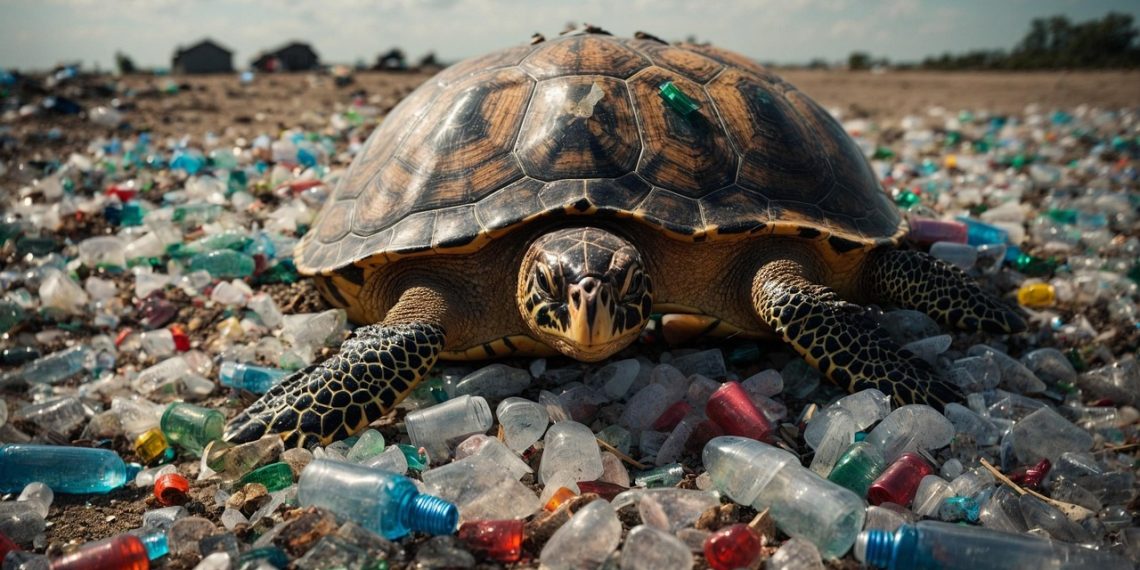We all know that microplastics have an impact on organisms and marine ecosystems; however, there is still scientific work to be done in assessing their real impact, and for that, we need tools that allow the collection and assessment of new environmental data, towards advancing scientific knowledge about how microplastics affect plankton and ecosystems. All this work is being carried out by INESC TEC and CIIMAR, within the scope of the Planktastic project. Ultimately, the goal is also to support public policies for the prevention and management of plastic pollution through more reliable and accessible data.
Planktastic is the new project approved under the P2030 funding programme, bringing together INESC TEC and CIIMAR. Until now, the study of microplastics has required the collection of samples and their subsequent analysis in a laboratory, but this is precisely the paradigm that the two institutions aim to change, making automatic and real-time detection possible.
With the new system under development, it will be possible to detect and classify microplastics and plankton based on hyperspectral imaging, while developing pioneering imaging methodologies applied to the marine environment, and collecting large volumes of data more quickly and economically – for research and environmental management purposes.
INESC TEC is responsible for developing a new in situ detection system: equipment capable of identifying and characterising microplastics directly in the water. The system will combine high-resolution cameras and multi-wavelength illumination (capable of observing particles under different light colours), embedded processing and AI (deep learning techniques to distinguish plankton from microplastics), and autonomous operation, allowing data collection from vessels like fishing or research boats.
“As part of the project, we will organise a series of validation campaigns, particularly in the Douro and Lima estuaries,” explained Alfredo Martins, INESC TEC researcher and project leader.
In terms of scientific impact, Planktastic will help promote the use of AI and hyperspectral imaging in the field of marine sciences – technologies still little used in this area – and will also generate new data and methodologies that can be used by other scientists worldwide.
As already mentioned, the societal impact involves “better understanding the effects of microplastics on the oceans and marine life, supporting public policies and environmental strategies with solid scientific data, and engaging citizens and institutions through citizen science initiatives, where regular boats can be used to collect data for the project,” explained Alfredo Martins.
Furthermore, the system may be commercialised by technology companies, creating economic opportunities and reinforcing Portugal’s leadership in the field of environmental monitoring.
The Planktastic project represents an important step towards understanding and tackling microplastic pollution.
The researcher mentioned in this news piece is associated with INESC TEC and IPP-ISEP



 News, current topics, curiosities and so much more about INESC TEC and its community!
News, current topics, curiosities and so much more about INESC TEC and its community!